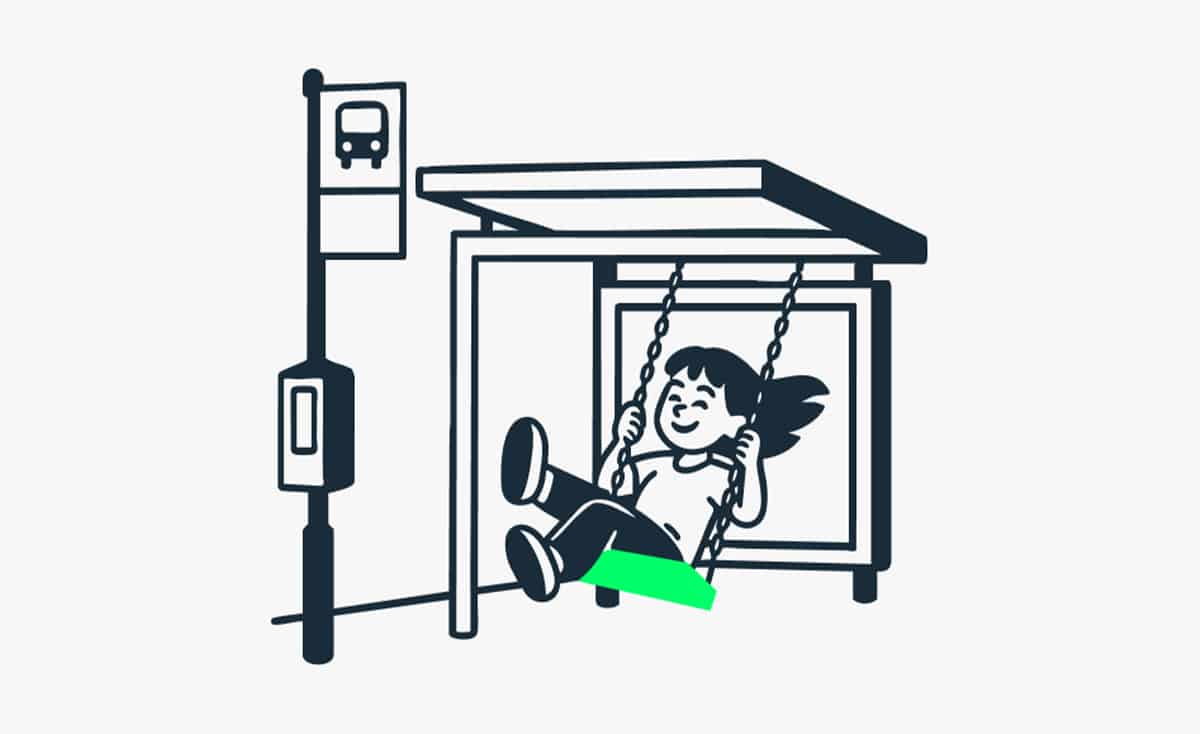
Cities in the MENA region are growing at an unprecedented pace. Mega-projects and future-focused developments are redefining what it means to live, work, and connect in urban spaces. As these cities rise, the need for cultural anchors and human-centered experiences becomes central to creating sustainable futures.
Placemaking is no longer a “nice to have.” It is a driver of economic growth, social cohesion, and long-term sustainability. In developments where global investment meets local identity, experiential design plays a vital role in ensuring that spaces resonate with people as much as they impress on a master plan.
The role of experiential design
Experiential design places people at the centre of urban planning. It transforms large-scale concepts into environments where communities can see themselves reflected, connect with their heritage, and imagine new possibilities for the future. Whether through cultural hubs, interactive public spaces, or community-driven installations, these experiences strengthen identity and foster belonging.
In the MENA context, where heritage sits alongside bold visions of the future, experiential design helps create continuity. It links a city’s past to its aspirations, ensuring that development feels rooted in cultural authenticity while opening pathways for innovation.
Beyond infrastructure: placemaking as strategy
Infrastructure delivers functionality, but it is placemaking that delivers meaning.
A smart city can achieve efficiency, yet without spaces for culture and human connection, it risks becoming sterile. Experiential design answers this by making places memorable and engaging.
Business and civic stakeholders increasingly recognize that placemaking contributes to economic resilience. Vibrant districts attract tourism, investment, and talent. Cultural anchors draw communities together and give developments a unique identity in competitive global markets.
Lessons from projects
formula D_ has explored these ideas in projects that balance technology, culture, and human-centred engagement. Initiatives like the City Together Hub have shown how design can spark dialogue and community participation. Large-scale opportunities, such as Expo 2030 Saudi Arabia, highlight the importance of embedding experiential placemaking into long-term urban strategies.
These experiences demonstrate that placemaking is not an afterthought. It is a core part of shaping cities that people are proud to call home and where businesses see enduring value.
Looking forward
As the MENA region leads ambitious projects in urban development, placemaking offers more than aesthetic appeal. It becomes a bridge between heritage and future visioning. It creates cities that are dynamic, inclusive, and globally competitive while remaining deeply connected to local identity.
formula D_ continues to advance thought leadership in this space, partnering with stakeholders who see experiential master planning as essential to sustainable growth. The future of cities will depend not only on infrastructure and technology but also on the experiences that bring people together.



